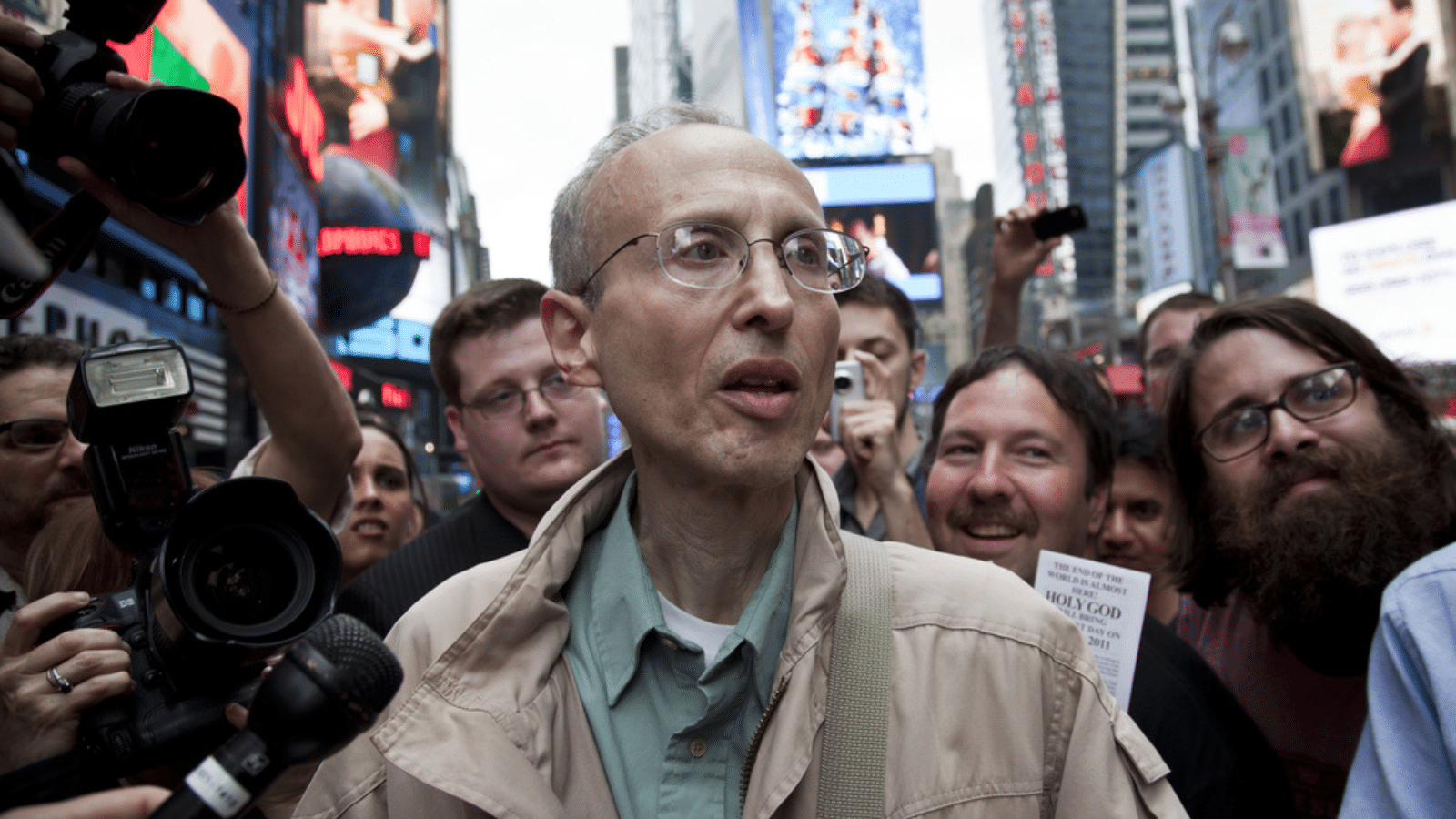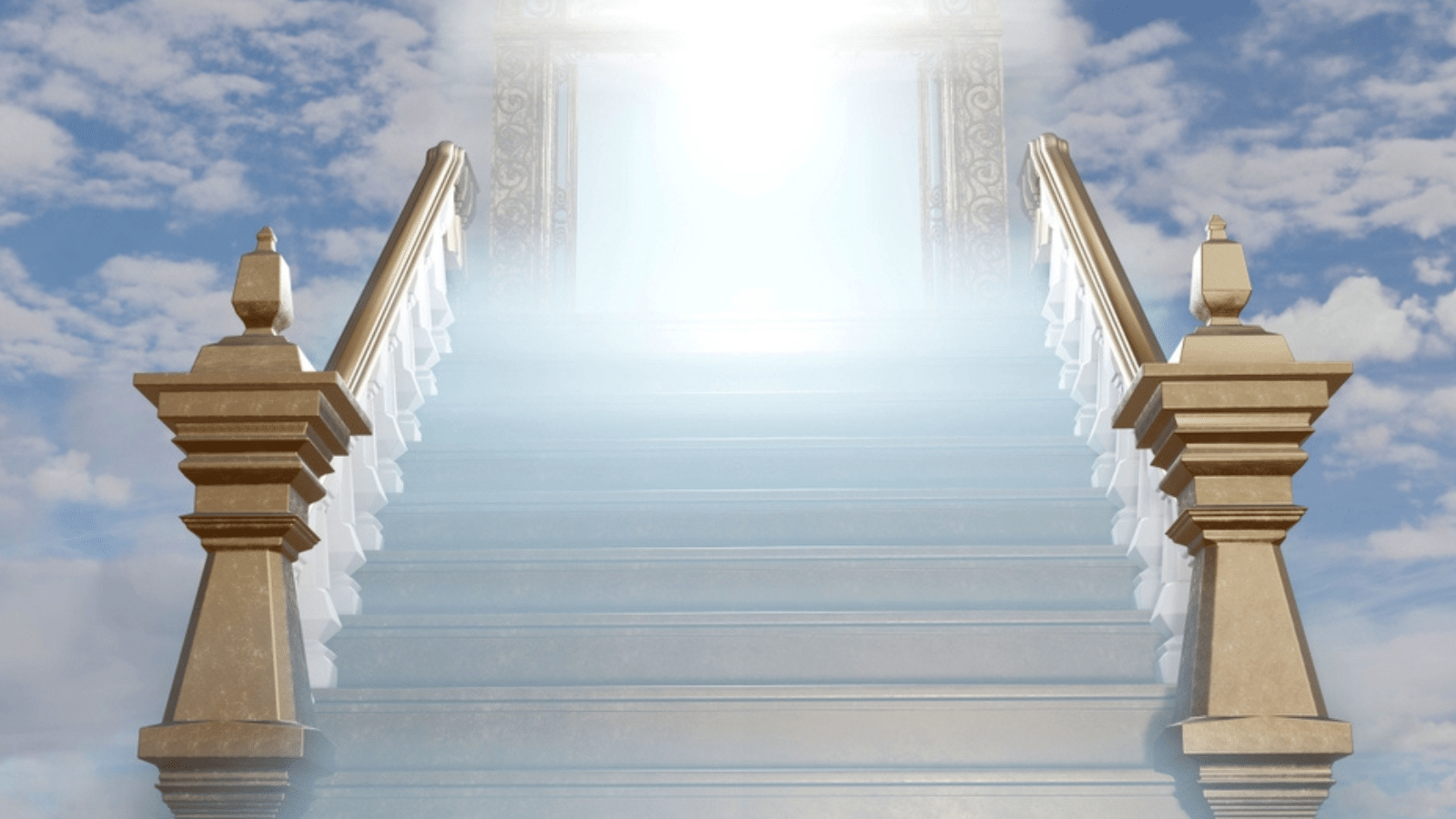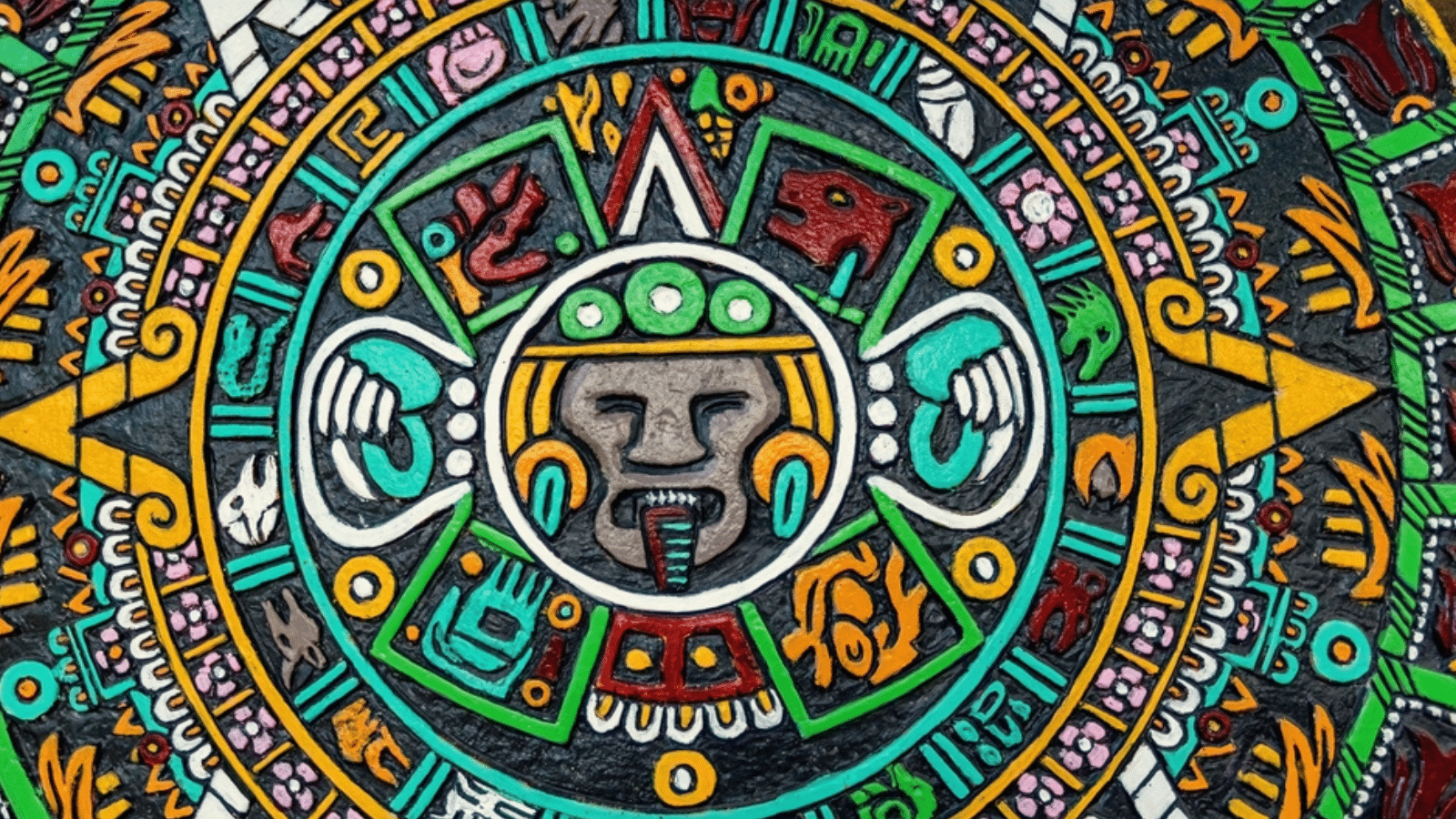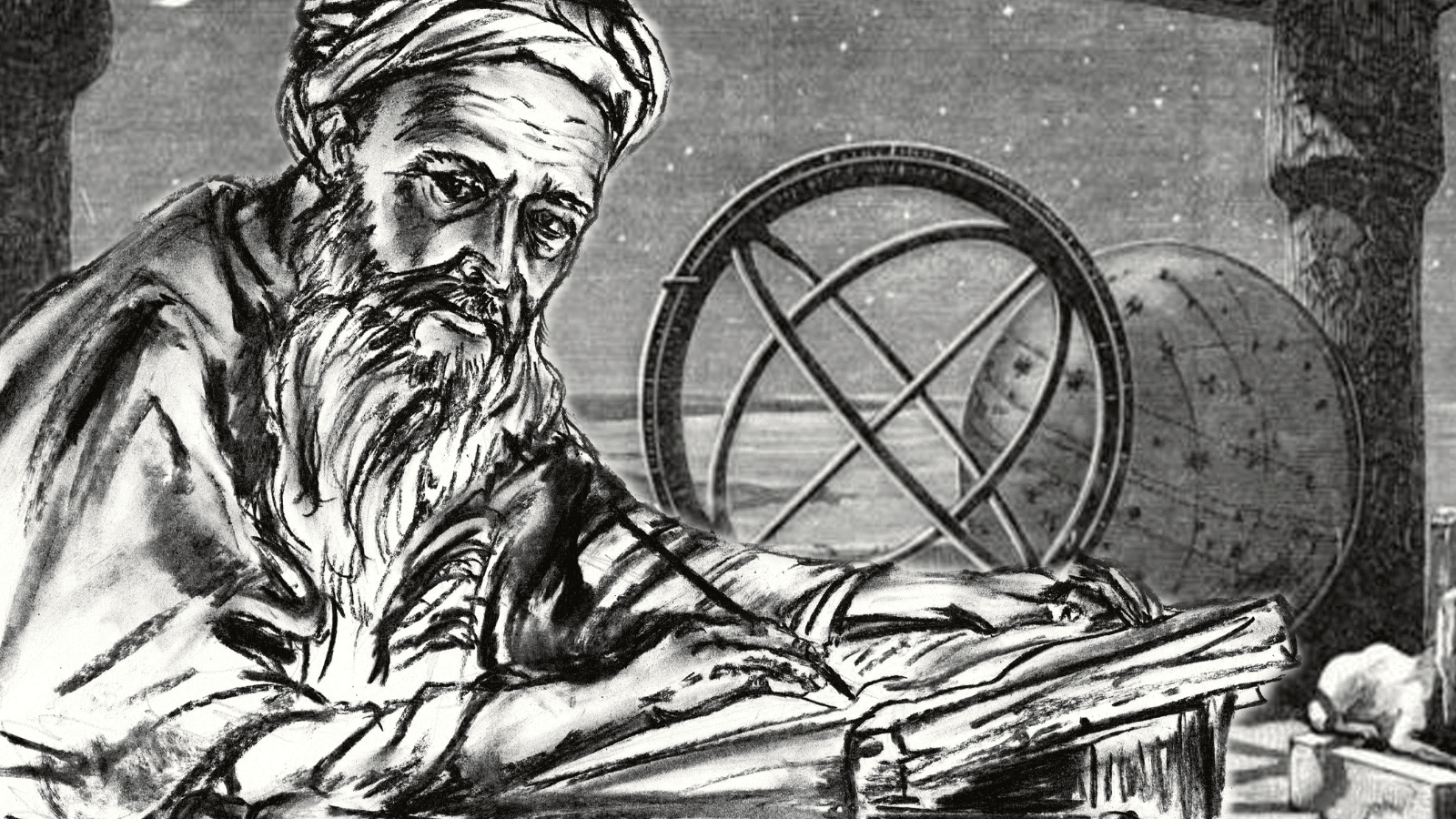The concept of the Second Coming, the belief in the return of a divine figure or a transformative event, has captivated the human imagination for centuries. Throughout history, numerous moments have sparked fervent anticipation, where people almost believed that this extraordinary event was upon them. This journey delves into the intriguing tapestry of these “almost-Second-Comings,” revealing the dynamics of faith, interpretation, and human yearning that have given rise to these captivating episodes. Join us as we explore the historical odyssey of these moments, shedding light on the complex interplay of spirituality, prophecy, and human hopes and fears.
Great Disappointment (1844)

The Millerite movement, led by William Miller, predicted the Second Coming on October 22, 1844, based on biblical interpretation. The belief almost happened due to fervent anticipation and misinterpretation of biblical texts, causing followers to sell their belongings and prepare for the event.
Prophet Jones (1921)

Prophet William Saunders Crowdy, founder of the Church of God and Saints of Christ, prophesied the Second Coming in 1921, leading to followers selling property and making religious pilgrimages. The belief almost happened due to fervent religious conviction.
Harold Camping (2011)

The founder of Family Radio, Harold Camping, predicted the Second Coming on May 21, 2011. The belief almost happened due to extensive advertising campaigns and the sincere conviction of his followers.
Seventh-day Adventists (1851)

Some followers of the Seventh-day Adventist movement, founded by Ellen G. White, believed the Second Coming would occur in 1851. This belief arose from a misunderstanding of prophetic timelines.
Shroud of Turin (1988)

Some thought that the Second Coming would coincide with scientific tests conducted on the Shroud of Turin in 1988. The belief almost happened due to a confluence of religious faith and scientific curiosity.
Maitreya the World Teacher (Various Times)

The emergence of Maitreya, a figure in Buddhist and Theosophical teachings, has been associated with the Second Coming in various instances throughout history. These beliefs arise from the anticipation of a spiritual teacher’s arrival to guide humanity.
Charismatic Christianity (Ongoing)

Some Charismatic Christian groups have made predictions about the Second Coming based on interpretations of current events and biblical prophecies. These beliefs often arise from a desire for divine intervention in troubled times.
Y2K Millennium Bug (2000)

The Y2K scare led some to believe that the year 2000 would mark the Second Coming or a global catastrophe. These beliefs were fueled by concerns about the potential collapse of computer systems.
Heaven’s Gate Cult (1997)

The Heaven’s Gate cult believed that a spaceship was following the Hale-Bopp comet, and that suicide would lead to a journey to a higher plane of existence. The belief almost happened due to charismatic leadership and groupthink.
Jose Luis de Jesus Miranda (2007)

The leader of the Creciendo en Gracia (Growing in Grace) movement declared himself the Second Coming of Christ. His followers believed him, leading to significant attention and controversy.
Mayan Calendar (2012)

Some misconstrued the end of the Mayan Long Count calendar in 2012 as a prediction of the Second Coming or an apocalyptic event. These beliefs arose from a misinterpretation of Mayan cosmology.
Jonestown Massacre (1978)

The Peoples Temple, led by Jim Jones, believed in the Second Coming and ultimately ended in a mass suicide in Guyana. The belief almost happened due to manipulative leadership and isolation.
Branch Davidians (1993)

The Branch Davidian sect, led by David Koresh, believed in the imminent Second Coming and the siege of their compound in Waco, Texas, in 1993 was seen as a fulfillment of prophecy. The belief almost happened due to apocalyptic teachings and confrontation with authorities.
Christian Identity Movement (Ongoing)

Some groups within the Christian Identity movement have predicted the Second Coming in association with white supremacy and anti-Semitic beliefs. These beliefs arise from distorted religious interpretations.
End Times Fiction (Ongoing)

Various apocalyptic novels and movies have fueled beliefs in the Second Coming by dramatizing catastrophic scenarios and religious prophecies.
Celestial Events (Various Times)

Occurrences like comets, meteor showers, and eclipses have been interpreted as signs of the Second Coming in different eras. These beliefs stem from religious symbolism attached to celestial phenomena.
Global Crises (Ongoing)

Worldwide crises, such as pandemics, wars, and economic downturns, have led some to believe that the Second Coming is imminent. These beliefs arise from the desire for divine intervention during times of hardship.
Prophecies and Revelations (Ongoing)

Prophetic revelations and messages from self-proclaimed prophets or visionaries continue to spur beliefs in the Second Coming. These predictions gain significance through the conviction and charisma of those who deliver them.
21 Things That Shout You’re “Lower Class” According To Men

Class wars creep up in all aspects of life, including dating. We take a look at the things that men believe are telltale signs that you are lower class.
21 Things That Shout You’re “Lower Class” According To Men
Boomer Zoomers vs. Millennial Meh: 10 Cars the Older Gen Loves but Millennials Just Can’t Stand

The change in the automotive industry has been incredible over the year. Baby boomers born between 1946 and 1964 can’t get enough of the cars listed below, as muscle cars emerged in the 1960s, and new technologies appeared in the 1970s and 1980s. You can imagine why boomers genuinely appreciate these vehicles.
Boomer Zoomers vs. Millennial Meh: 10 Cars the Older Gen Loves but Millennials Just Can’t Stand
Across the Pond Disdain: 18 Horrendous American Habits Foreigners Just Can’t Stomach

There is a lot to love about America, from the bright lights of New York to the incredible breakfasts, but foreigners also dislike many things. We look at everything from poor public transport to an intimidating tip culture, sharing 18 things that America could be better at.
Across the Pond Disdain: 18 Horrendous American Habits Foreigners Just Can’t Stomach
Out with the Old: 18 Gen X Fads That Millennials and Gen Z Just Can’t Vibe With

While some old habits die hard, there are some things that Gen X need to eliminate as they are no longer relevant.
Out with the Old: 18 Gen X Fads That Millennials and Gen Z Just Can’t Vibe With
18 Unpleasant States You Might Want to Skip on Your Next Trip

When thinking of America, we don’t expect there to be boring or unpleasant places to visit. We see all the different states on the TV, and they show the best parts. However, there are some states you won’t want to visit, and you should brace yourselves if you ever happen to stumble into them.
18 Unpleasant States You Might Want to Skip on Your Next Trip






